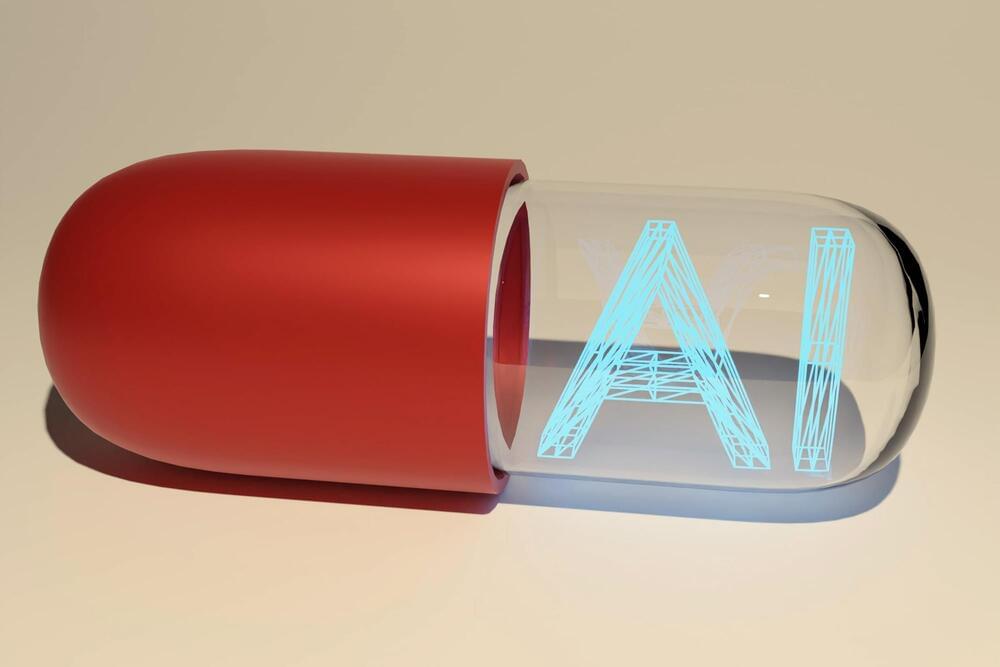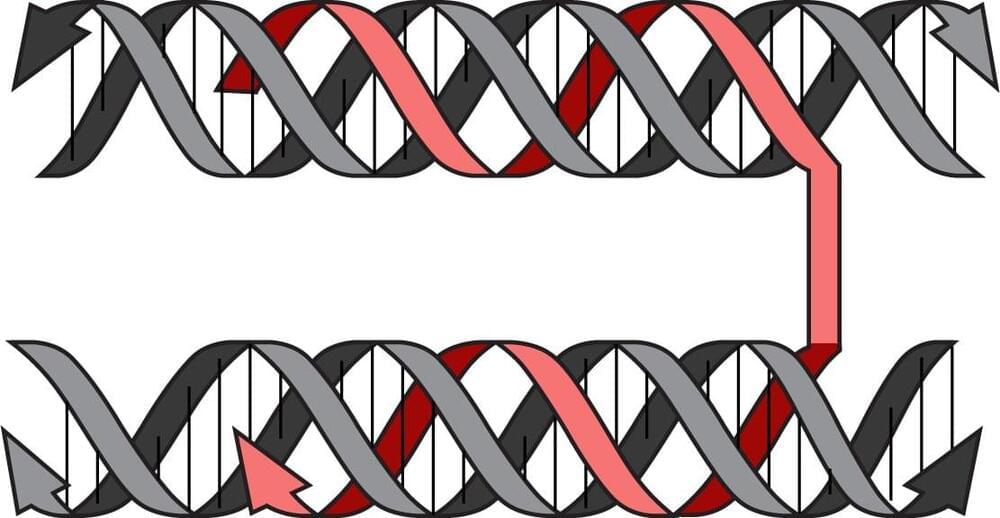A human cell harbors roughly 2 meters of DNA, encompassing the essential genetic information of an individual. If one were to unwind and stretch out all the DNA contained within a single person, it would span a staggering distance—enough to reach the sun and back 60 times over. In order to manage such an astounding volume of biological information, the cell compacts its DNA into tightly packed chromosomes.
“Imagine DNA as a piece of paper upon which all our genetic information is written,” says Minke A.D. Nijenhuis, co-corresponding author. “The paper is folded into a very tight structure in order to fit all of that information into a small cell nucleus. To read the information, however, parts of the paper have to be unfolded and then refolded. This spatial organization of our genetic code is a central mechanism of life. We therefore wanted to create a methodology that allows researchers to engineer and study the compaction of double-stranded DNA.”
Natural DNA is often double-stranded: one strand to encode the genes and one backup strand, intertwined in a double helix. The double helix is stabilized by Watson-Crick interactions, which allow the two strands to recognize and pair with one another. Yet there exists another, lesser-known class of interactions between DNA. These so-called normal or reverse Hoogsteen interactions allow a third strand to join in, forming a beautiful triple helix (Figure 1).








